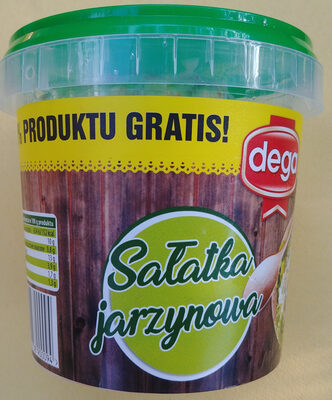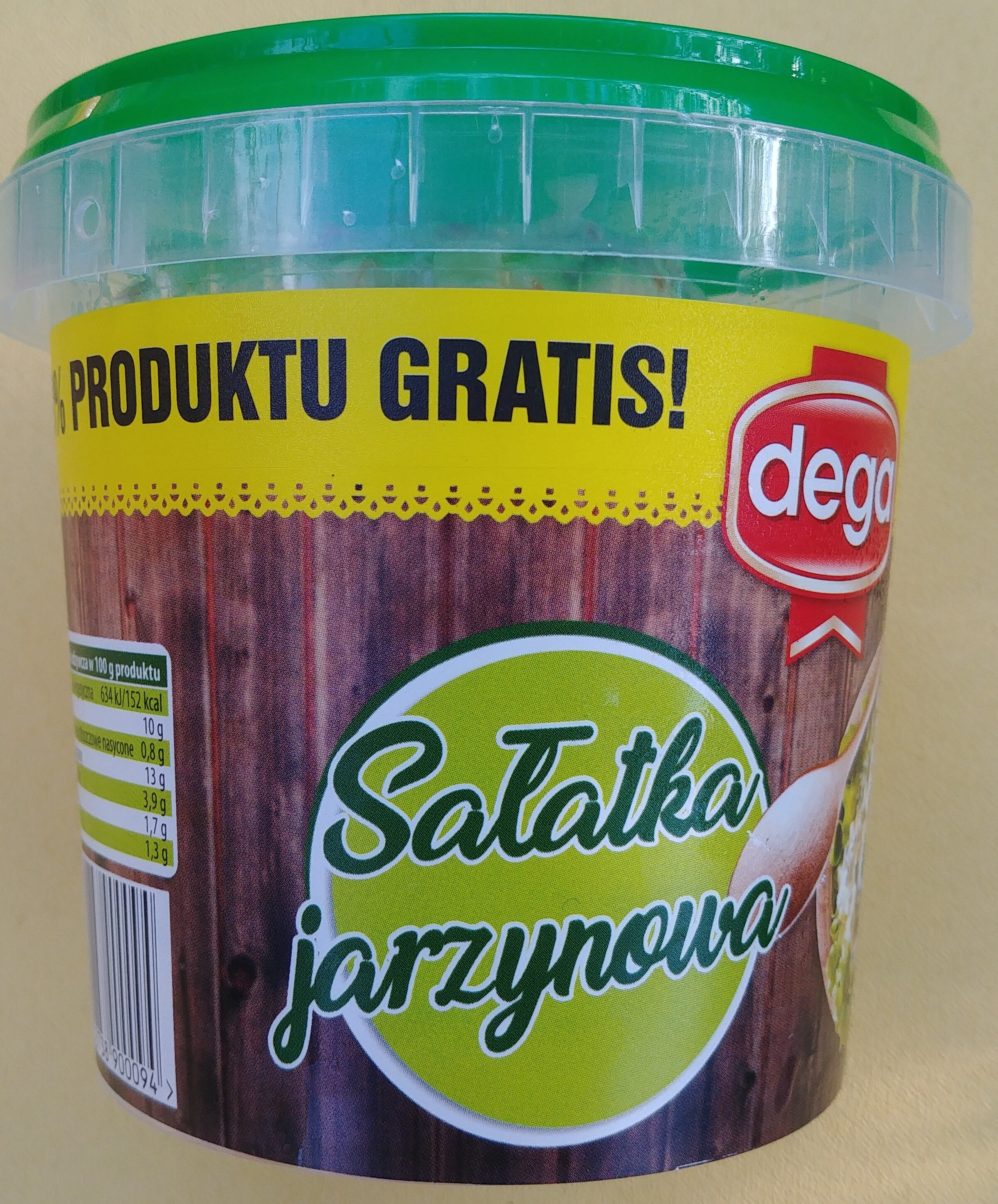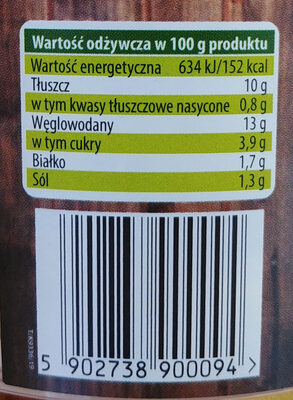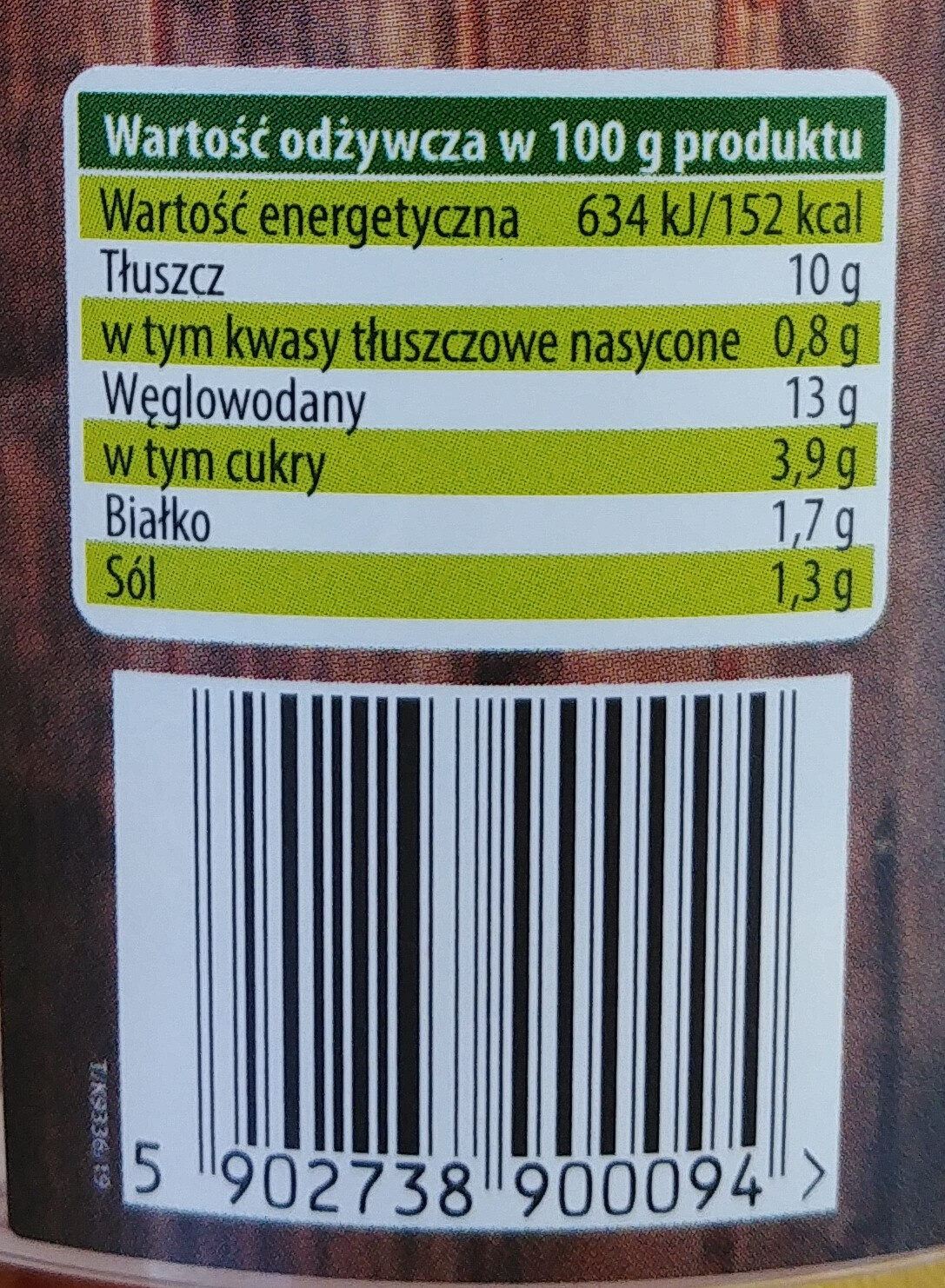Sałatka jarzynowa - Dega - 550 g
This product page is not complete. You can help to complete it by editing it and adding more data from the photos we have, or by taking more photos using the app for Android or iPhone/iPad. Thank you!
×
Barcode: 5902738900094 (EAN / EAN-13)
Quantity: 550 g
Packaging: Plastic, Pp-polypropylene
Brands: Dega
Categories: Meals, Prepared salads, Vegetable salads
Origin of ingredients: Poland
Manufacturing or processing places: Polska
Traceability code: PL 32091802 WE
Link to the product page on the official site of the producer: http://www.dega.pl
Stores: Dino
Countries where sold: Poland
Matching with your preferences
Environment
Packaging
Transportation
Report a problem
Data sources
Product added on by pyrka
Last edit of product page on by arc2.
Product page also edited by openfoodfacts-contributors, packbot.
If the data is incomplete or incorrect, you can complete or correct it by editing this page.










